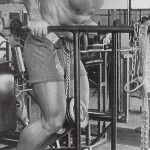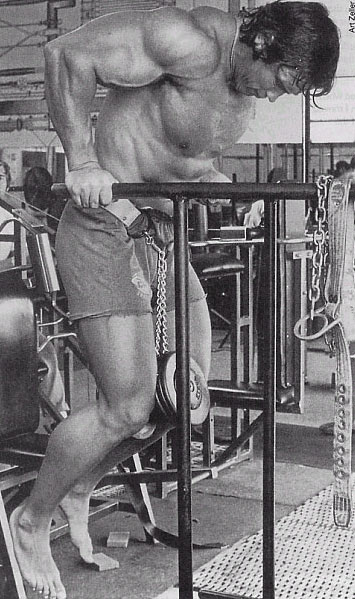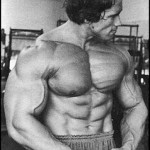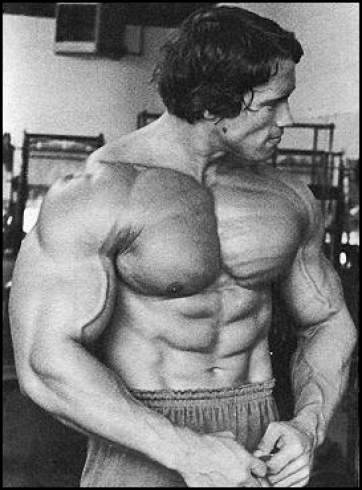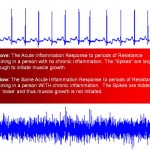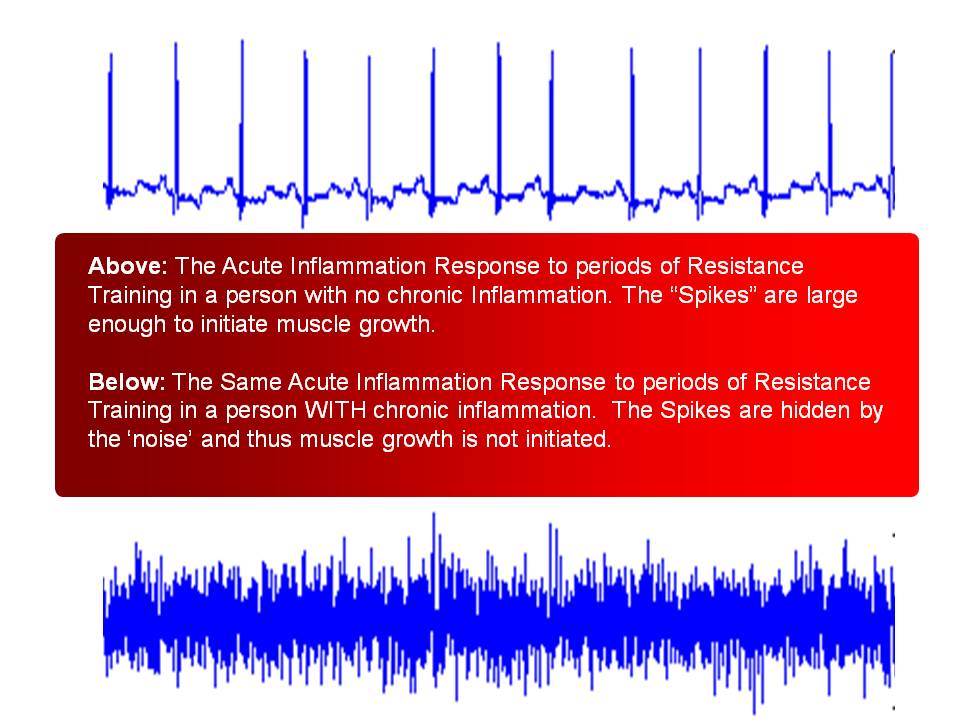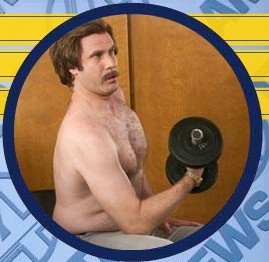There are multiple factors that contribute to your ability to grow larger muscles.
Factors that can be rate limiting are:
1. Nutrition – Severe malnutrition or starvation will limit your ability to grow your muscles to their full potential.
2. Exercise – Progressive resistance training will stimulate muscle growth beyond what your natural level of muscle mass is without working out.
3. Muscle Tissue – Your genetically predetermined muscle mass.
In most cases nutrition and exercise will not limit your ability to grow. Your genetically predetermined muscle size and tissue architecture will be the rate limiting step.
Even bodybuilders who use copious amounts of drugs eventually revert back to their predetermined genetic muscle mass limit once they stop using drugs.
It appears that the body has a very tight control on muscle mass and this would lead us to believe that it’s happening for a very good reason.
It might be that going above and beyond this limit is not a good thing for your body overall.
We propose that the golden Adonis Index ratio is likely a close estimation of what the upper limit of potential muscle mass is on any given person.
Exceeding this limit is definitely possible with drugs, but considering the strict control the body has on this limit, it might not be the healthiest thing to do.
In today’s uncensored podcast, we discuss this limits of muscle growth and why it is likely set the way it is.
John
Login and Download Podcast Here
For more information as well as how to get access to Adonis UNCENSORED, click the link below:
Adonis UNCENSORED Premium Podcast


